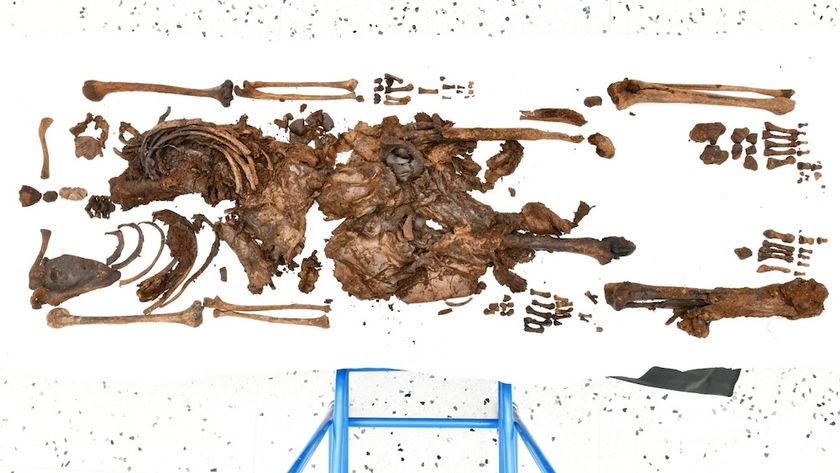Intelligent Workplace: The Office of the Future
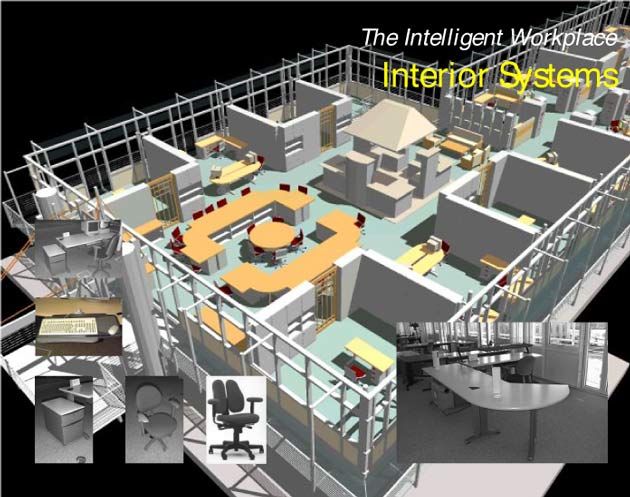
PITTSBURGH—You spend all day there, and if the latest trends in green office architecture catch on you may actually begin to enjoy your workplace a lot more.
The Euro-sleek office of the future is already in full effect at an eight-year-old successful experiment at Carnegie Mellon University called the Intelligent Workplace.
Scenes from the
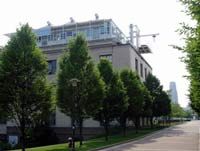
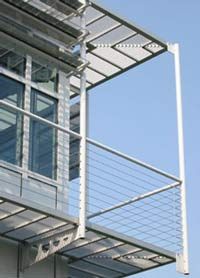
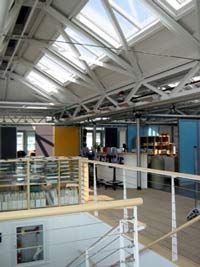
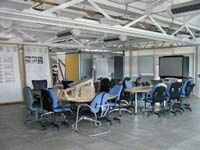
Here, workers in a heavily windowed living laboratory have a "right to daylight"—each desk is within 25 yards of natural light. Ceiling panels reflect warm daylight to work areas.
More productive
Studies show that access to daylight improves worker productivity by 5 percent to 25 percent.
"You save money if you allow human performance to be part of the equation for building costs," says the experiment’s director Volker Hartkopf. "Our goal is to generate environments that meet people’s needs—air, thermal, visual, acoustic, and ergonomic qualities. We meet them physically and psychologically."
Sign up for the Live Science daily newsletter now
Get the world’s most fascinating discoveries delivered straight to your inbox.
The "high-performance" office building trend, already standard in some western European countries, can be seen in the U.S. at the Condé Nast building in Manhattan and the Frito-Lay plant in Henrietta, New York. Both have won a certification called Leadership in Energy and Environmental Design (LEED) given out by the U.S. Green Buildings Council.
Cool heat
At the Carnegie Mellon Intelligent Workplace, no one suffers in airless cells that are too hot in the winter and too cold in the summer. Much of the heat in the Intelligent Office radiates from slender window dividers, pipes actually, that snake around the building’s walls and carry water warmed by recaptured waste heat from generators. Solar and other reflective sources also warm office areas.
Cooling is achieved in the summer with interior shades and exterior louvers, along with windows that actually open.
Consoles at each station allow workers to control the flow of hot and cool air at their desk area.
All the walls and furniture, made largely of recycled materials, are modular and reconfigurable, so office dwellers do their own remodeling when it’s time to move a workstation or add a conference room. Workstations made by by König + Neurath can be folded up to the size of a door. No more dumpsters full of tortured plasterboard. No more waiting for contractors.
Commercial and residential buildings use 65.2 percent of total U.S. electricity and more than 36 percent of total U.S. primary energy, according to the the U.S. Green Building Council.
Making electricity
Hartkopf and his colleagues have done systems consultancy for such U.S. sites as the Owens-Corning headquarters building in Toledo and the Department of Environmental Protection in Harrisburg, Pennsylvania.
At the Intelligent Workplace, he is collaborating with Bosch Siemens, Somfy and Cisco Systems on a fully automated building façade that will allow for control of daylight and glare so the building sheds heat in the summer when unoccupied to eliminate the need for spending electricity on cooling. In the winter, the system will allow the building to become its own heat collector and source.
Hartkopf told LiveScience that his next large-scale office project at Carnegie Mellon is the Building as Power Plant. A project that will produce energy, not consume it, thanks to the combination of a biodiesel fuel cell along with recapture of shed heat from the generation of electricity, and collecting and redirecting heat from the soil and sun.
"That’s what we call renewable energy," he said.
Robin Lloyd was a senior editor at Space.com and Live Science from 2007 to 2009. She holds a B.A. degree in sociology from Smith College and a Ph.D. and M.A. degree in sociology from the University of California at Santa Barbara. She is currently a freelance science writer based in New York City and a contributing editor at Scientific American, as well as an adjunct professor at New York University's Science, Health and Environmental Reporting Program.

